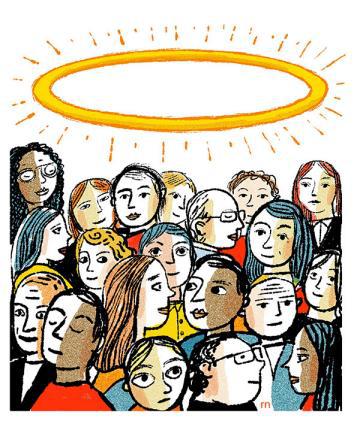 Sigal Samuel
Sigal Samuelvox.com
Originally posted 24 Jan 20
Here is an excerpt:
It turns out that people across the board, regardless of their cultural context, give the same response when they’re asked to rank the moral acceptability of acting in each case. They say Switch is most acceptable, then Loop, then Footbridge.
That’s probably because in Switch, the death of the worker is an unfortunate side effect of the action that saves the five, whereas in Footbridge, the death of the large man is not a side effect but a means to an end — and it requires the use of personal force against him.
It turns out that people across the board, regardless of their cultural context, give the same response when they’re asked to rank the moral acceptability of acting in each case. They say Switch is most acceptable, then Loop, then Footbridge.
That’s probably because in Switch, the death of the worker is an unfortunate side effect of the action that saves the five, whereas in Footbridge, the death of the large man is not a side effect but a means to an end — and it requires the use of personal force against him.
The info is here.







